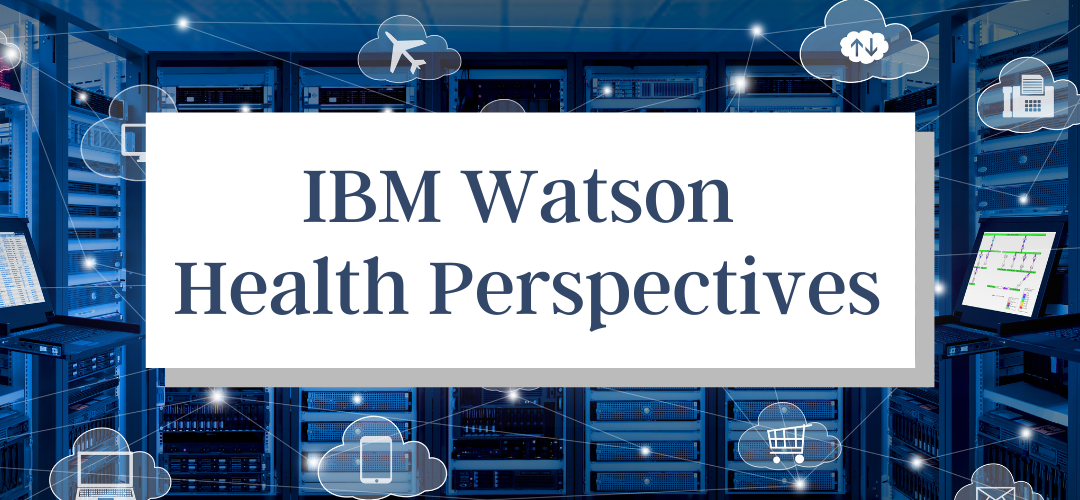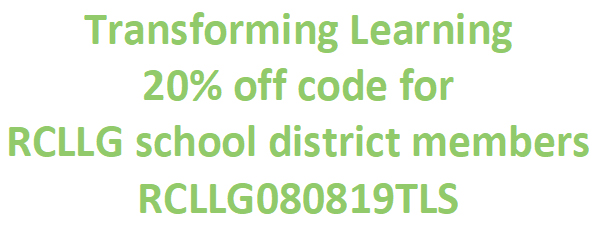It’s allowed enterprises to tap into more sources of data, both their own as well as other data sources, in addition to new ways to analyze it. New algorithms, machine learning and AI are driving new insights that enable more engaging, personalized client experiences. Cloud is at the forefront of this new digital age and therefore, critical to government organizations future-proofing their businesses.
In 2018, 75 percent of requests for proposals, requests for information, and requests for quotes in the human services market referenced cloud. 1 The U.S. Digital Services Playbook affirms government agency commitment to cloud in its mission to choose a modern technology stack: “In particular, digital services teams should consider using open source, cloud-based, and commodity solutions across the technology stack, because of their widespread adoption and support by successful consumer and enterprise technology companies in the private sector.” 1
In May 2019, the European Commission 2 adopted a cloud-first approach based on a hybrid cloud service landscape that will support its wider goal of becoming a user-focused and data-driven digital organization by 2022. To achieve this, it must overcome the same challenges many national government agencies are facing, namely, how to design, develop, deploy and maintain new digital systems while modernizing legacy IT platforms that cannot be changed (as they support current programs or policy objectives).
Benefits of moving to Cloud
It’s easy to understand this focus – cloud strategies support the business and technical goals of government agencies and have the potential to transform internal operations, customer relationships and industry value chains, through:
Greater cost efficiency. Gartner says the two main reasons governments are turning to the cloud are “delivering services efficiently and achieving cost savings” 3. While traditional IT requires you to purchase computing capacity in anticipation of growth or surges in traffic — capacity that sits unused until you grow or traffic surges — cloud computing enables you to pay only for the capacity you need, when you need it. Cloud also eliminates the ongoing expense of purchasing, housing, maintaining and managing infrastructure on premises.
Improved agility; faster time to market. On the cloud you can provision and deploy (“spin up”) a server in minutes; while purchasing and deploying the same server on premises might take weeks or months. Forrester 4 agrees that Cloud adoption by Government agencies means faster innovation, simpler and cheaper to scale, easier to fund (less CAPEX spend and more balanced OPEX) and less expensive to operate, superior for security (with cloud platforms using a shared security model).
Greater scalability and elasticity. Cloud computing lets you scale workloads automatically — up or down — in response to business growth or surges in traffic. And working with a cloud provider that has data centers spread around the world enables you to scale up or down globally on demand, without sacrificing performance.
Improved reliability and business continuity. Because most cloud providers have redundancy built into their global networks, data backup and disaster recovery are typically much easier and less expensive to implement effectively in the cloud than on premises. Providers who offer packaged disaster recovery solutions— referred to disaster recovery as a service, or DRaaS — make the process even easier, more affordable and less disruptive.
Continually improving performance. The leading cloud service providers regularly update their infrastructure with the latest, highest-performing computing, storage and networking hardware.
Better security, built in. Traditionally, security concerns have been the leading obstacle for organizations considering cloud adoption. But in response to demand, the security offered by cloud service providers is steadily outstripping on-premises solutions. According to security software provider McAfee, today 52% of companies experience better security in the cloud than on premises. Gartner has predicted that by this year (2020), infrastructure as a service (IaaS) cloud workloads will experience 60% fewer security incidents than those in traditional data centers.
Today, enterprises are adopting a variety of cloud deployment and delivery models. Deployment models comprise private clouds, to public clouds, to a mix of both, ranging from fully-run and managed at the client’s environment, to a fully-hosted, third-party implementation. There are essentially three delivery models also. Infrastructure-as-a-Service (IaaS) A vendor provides clients pay-as-you-go access to storage, networking, servers and other computing resources in the cloud.. Platform-as-a-Service (PaaS) is the next level up, which will also include the tools that developers need to build applications, including middleware, database management and operating systems. Finally then, the most commonly understood is Software-as-a-Service (SaaS) is the delivery of business applications-as-a-service. A service provider delivers software and applications through the internet. Users subscribe to the software and access it via the web or vendor APIs.
With all the research and insights gained through unique, longstanding relationships with government agencies over more than 25 years, the IBM Watson Health Social Program Management team is dedicated to delivering on the promise of cloud for our clients. We are committed to bringing our health and human services domain knowledge together with cloud expertise to deliver a deployment of Social Program Management (SPM) that works well for each agency, whether it includes on-premises, private or public cloud, or hybrid cloud technologies. Clients that want to run Social Program Management on a cloud platform can trust us to partner with them along on their cloud journey.
IBM Social Program Management on the cloud
Today, our SPM platform is deployed on Red Hat OpenShift, providing flexible, modular procurement and implementation strategies to better manage risk and cost. SPM clients can accelerate their digital transformation with high portability across multiple cloud providers using OpenShift, that can be deployed on any cloud, including IBM Cloud, Amazon AWS, Microsoft Azure and Google.
OpenShift is the best platform to deliver container-based applications, offering continuous security, world-class support and services and deep expertise to confidently run any application.OpenShift makes it easier for organizations to better support a continuous deployment model, delivering new features faster and providing a true hybrid cloud experience that scales up and down as demand requires.
2020 and COVID 19
The pandemic has impacted how we all work and how cloud services can support this change and our Human Services market is no different, as the latest US State CIO Survey remarks “By March, the United States federal, state and local governments had been disrupted and, like the rest of the world, state CIOs were forced to act and adjust with stability, resiliency and flexibility. State CIOs were facing enormous challenges like how to make wide-spread remote work manageable and secure” 5
It was uncertain whether this new way of working could be effective but as the Survey continues, “The pandemic has proven that remote work can be successful without negatively impacting the business of state government… and all state CIOs agree that there will be significant and long-lasting changes to government and their workforce”.
How digital transformation and cloud services impact this change is seen in the survey results which show that both increased attention on digital government services/ citizen experience and expanded cloud services/SaaS deployment feature in Top 6 business processes that CIOs believed would change due to COVID 19.
IBM Citizen Engagement can help agencies transform the experience of engaging with government. For example, New York City uses this solution to help connect its citizens with multiple social services – such as food, shelter and cash assistance – in one place. Watson Health has supported the Scottish Government’s journey to the cloud to deliver benefits to its citizens is a great example of applying design thinking principles for user-centered digital transformation.
The next phase of the cloud journey
We will continue to optimize Social Program Management for cloud deployment – supporting customer choice is critical; leveraged by key cloud open source technologies, enabling hybrid cloud models and ensuring portability across those cloud providers.
Ultimately, our mission is to enable Health & Human Services IT organizations around the world to optimize their capital and operational expenditure, by implementing an accelerated path to production that provides faster and more frequent delivery of business value, so they implement the right cloud strategy for their business.
References:
- IBM Research,September 2019
- The European Commission – Cloud Strategy, May 2019 https://ec.europa.eu/info/sites/info/files/ec_cloud_strategy.pdf
- Forrester, Best Practices: Government Cloud Usage, Tackling Contracts, Culture, And Regulation, Nov 2019 https://www.forrester.com/report/Best+Practices+Government+Cloud+Usage/-/E-RES158395?objectid=RES158395
- Forrester, Best Practices: Government Cloud Usage, Tackling Contracts, Culture, And Regulation, Nov 2019 https://www.forrester.com/report/Best+Practices+Government+Cloud+Usage/-/E-RES158395?objectid=RES158395
- The Agile State CIO. Leading in a time of uncertainty. 2020 State CIO Survey https://www.nascio.org/wp-content/uploads/2020/10/2020-State-CIO-Survey.pdf














